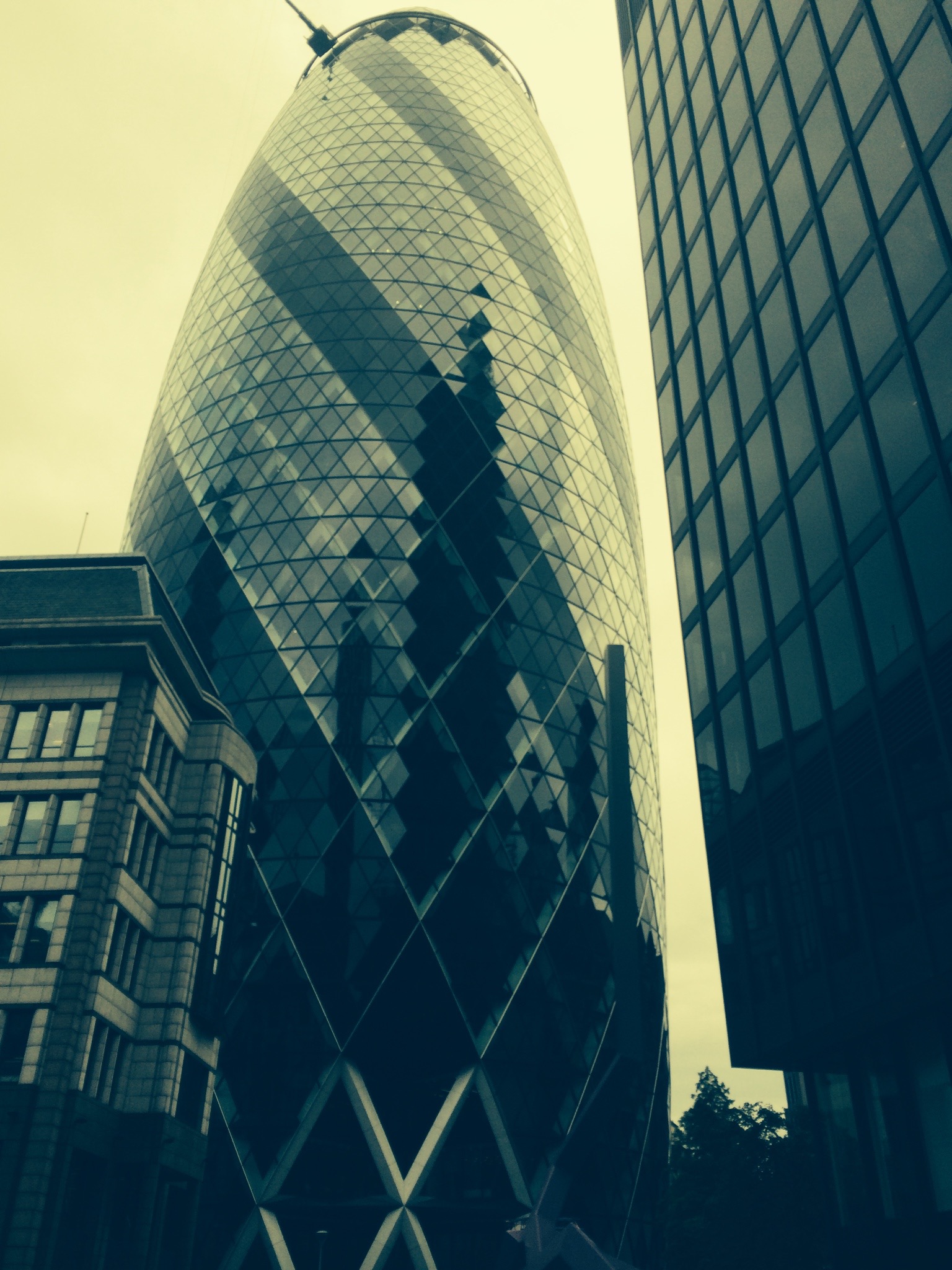Navigating the New Overground Color Scheme: A Challenge for Passengers?
The introduction of a fresh set of colors on the Overground lines has sparked a wave of confusion among regular commuters. With options like the single purple line, the double purple line, yet another double purple line, along with the red line, double red line, and a pink line, many are finding it increasingly challenging to differentiate between them.
The intention behind the new palette was likely to streamline navigation and improve the travel experience. However, the similarity between certain hues—especially those incorporating shades of purple and red—has stirred a conversation about whether the reform has achieved its goal or inadvertently complicated the commuter journey.
As passengers grapple with this updated color system, it’s worth considering if further adjustments are needed to address visibility concerns and ensure that travelers can easily identify their routes. Could a clearer distinction between colors help enhance the overall efficiency and user-friendliness of the transit map?
Your thoughts and experiences are invaluable in assessing the impact of these changes. How have you been navigating the updated Overground lines? Share your experiences and suggestions, and join the ongoing discussion about how we can improve our daily transit experience.


Understanding the Impact of Color on Commuter Navigation
As a long-time resident of London and a regular Overground user, I can certainly relate to the confusion surrounding the new color scheme. While I appreciate the efforts to modernize the transit system, it seems clear that the color choices have not been as effective as intended. The similarity in shades, particularly among the purples and reds, can easily lead to misinterpretations—especially for those who may have visual impairments or color blindness.
Here are a few suggestions to consider that might help improve the situation:
Ultimately, the goal should be to create an intuitive system that serves all users effectively. I’d love to hear how others are adapting to these changes and if anyone has
Insights from a London Resident: Enhancing Clarity in the Overground Color Scheme
Having used the Overground regularly, I understand the frustration that comes with similar shades like purple and red being close in hue. Clear differentiation is essential for quick recognition, especially during busy commutes or when rushing through stations. One potential improvement could be integrating distinct patterns or textures into the map, in addition to color-coding, which would help passengers distinguish lines more easily, especially for those with visual impairments.
Furthermore, considering the use of universally recognizable color contrasts and perhaps slight variations in line width or style (solid, dashed, dotted) could improve overall readability. It’s also beneficial for transit authorities to communicate these changes explicitly, providing updated maps and signage that emphasize the differences to ease passenger adaptation.
What has helped me is familiarizing myself with the specific routes and paying closer attention to stationName cues rather than solely relying on colors. Nevertheless, I believe that a multifaceted approach combining better visual distinction and clear communication could significantly enhance the user experience for all Londoners navigating the Overground.